Landing Page Design Best practices: 9 Tips to Beat Bloated Agencies
- Chase McGowan

- Oct 19
- 17 min read
You're spending a fortune on Google Ads, but your landing page is a ghost town. The culprit? Often, it's the generic, one-size-fits-all approach from bloated agencies that treat your business like just another number on a spreadsheet. They build pages based on templates, not conversion data, and lack the specialized focus needed to turn expensive clicks into actual customers. This agency model often prioritizes retainer fees over your return on ad spend (ROAS), leaving you with a costly, underperforming asset.
This article cuts through that noise. We're not just listing vague tips; we're giving you a strategic playbook based on proven landing page design best practices. These are the same principles a dedicated, expert Google Ads consultant uses to build high-converting pages that deliver a measurable return. For a comprehensive guide on making your landing pages more effective and boosting sales, you can explore additional strategies for creating high-converting landing pages.
Forget the hefty retainers and vague monthly reports. By implementing these nine actionable strategies, you can take direct control of your conversion rates. You will learn to build landing pages that work as hard as you do, transforming your ad budget from a necessary expense into a powerful growth engine. Let's dive in and see how a specialized, expert-driven approach to design makes all the difference in your campaign's profitability.
1. Clear and Compelling Value Proposition Above the Fold
Your value proposition is the single most important element of your landing page. Placed "above the fold" (the area visible without scrolling), it must answer three questions in under five seconds: What do you offer? Who is it for? And why should they care? Get this right, and you capture attention. Get it wrong, and you’ll see bounce rates soar. This is your one chance to make a first impression that convinces a visitor to stay and learn more.
A powerful value proposition cuts through the noise and speaks directly to your ideal customer's core problem. It’s not a slogan or a tagline; it’s a clear, concise promise of value. For instance, Slack's "Where work happens" is brilliant because it’s simple and benefit-focused. Similarly, Shopify’s "Start selling online today" is a direct, action-oriented statement that promises an immediate benefit. These examples avoid jargon and clearly state the outcome, a key principle in effective landing page design best practices.
Crafting a Winning Proposition
To create a compelling value proposition, focus on clarity and relevance. Your headline should directly match the promise made in the ad that brought the visitor to the page, ensuring a consistent message.
Use the PAS Formula: Frame your message around Problem, Agitate, Solution. Identify a pain point, elaborate on why it's a problem, and present your offer as the perfect solution.
Be Specific: Vague claims are forgettable. Instead of "Improve your marketing," try "Double your leads in 90 days." Specificity builds credibility.
Keep it Concise: Aim for a headline under 10 words. Subheadings can provide additional context, but the main hook must be immediate and easy to grasp.
Unlike bloated agencies that use generic messaging, an individual, expert consultant digs deep to understand your unique business. I conduct customer interviews and A/B test variations to uncover the precise language that resonates with your niche audience, ensuring your message isn't just professional—it's profitable. To explore how to craft a value proposition that drives results, learn more about building high-converting landing pages.
The following summary box highlights the measurable impact of a well-crafted value proposition.
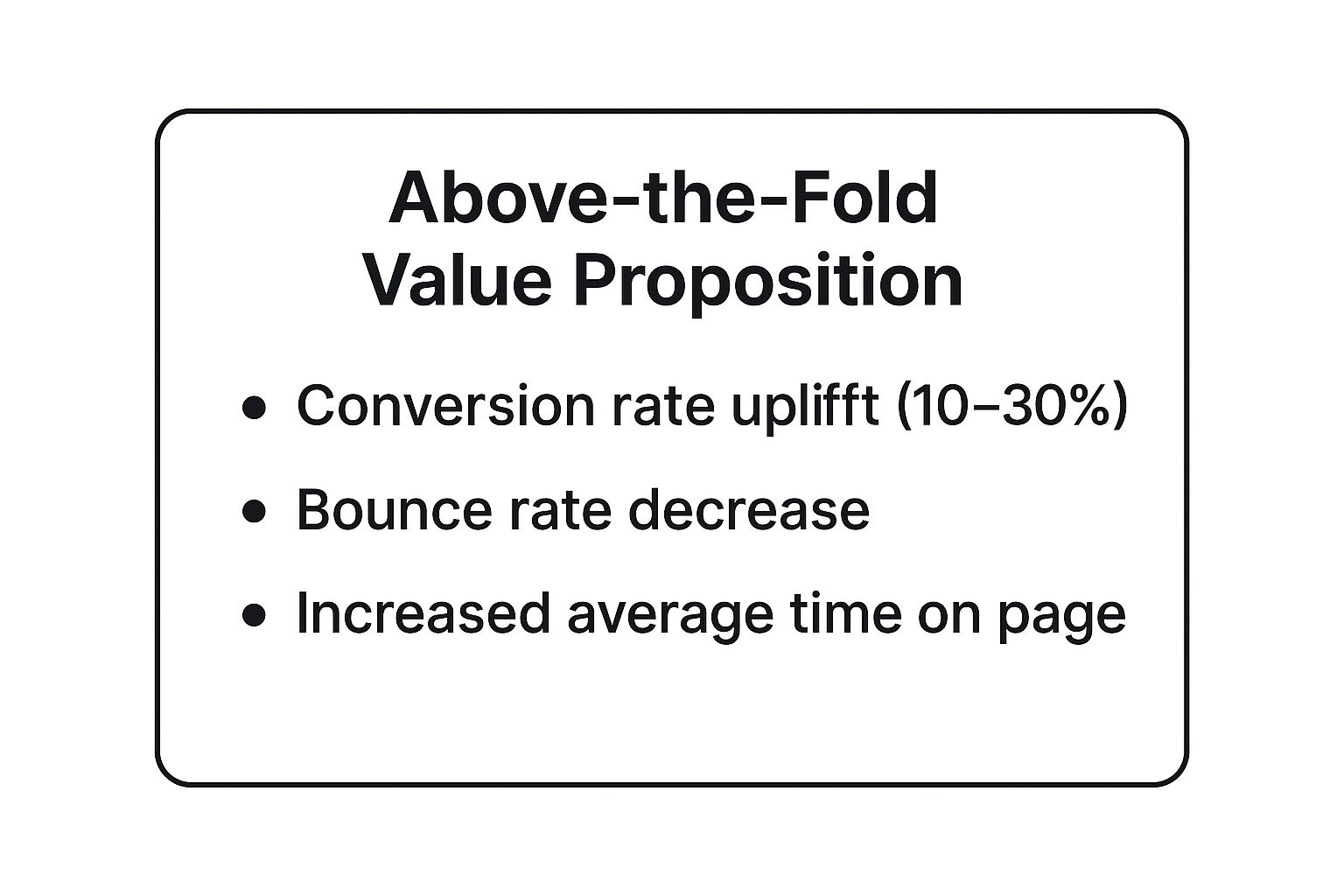
As the data shows, optimizing this single element can dramatically improve key performance metrics, demonstrating its central role in any successful landing page strategy.
2. Single, Focused Call-to-Action (CTA)
Your landing page must have one job. Unlike a website homepage designed for exploration, a landing page is built for a single conversion action. Giving visitors too many choices leads to decision paralysis, a concept explained by Hick's Law, which states that decision time increases with the number of options. A single, focused call-to-action (CTA) eliminates this friction, guiding the user directly toward the one outcome you want, which is a core tenet of effective landing page design best practices.
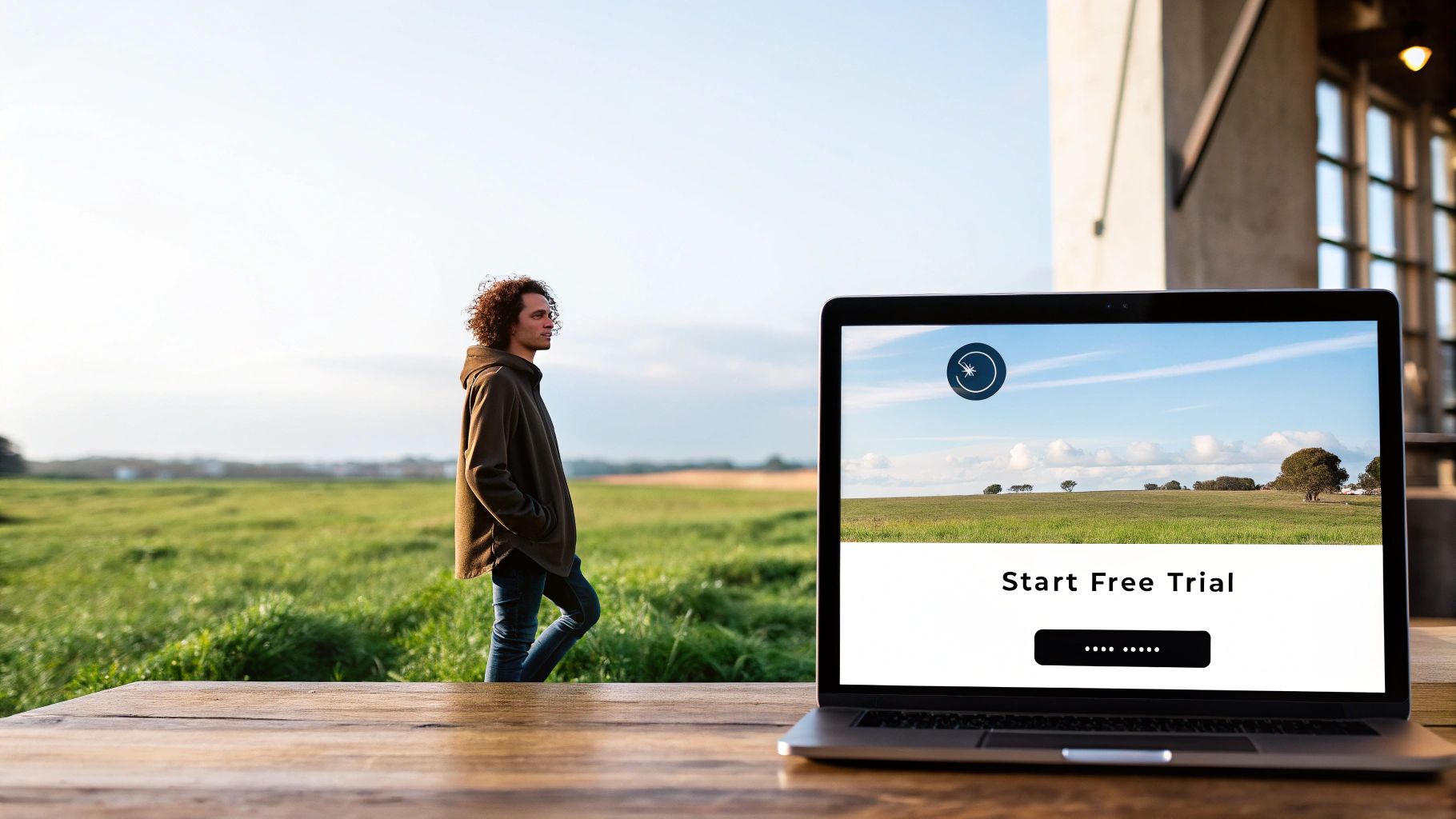
A powerful CTA acts as a clear signpost, telling visitors exactly what to do next. It removes ambiguity and channels all the persuasive energy of your headline, copy, and visuals into one decisive click. For example, Dropbox focuses users on a dominant "Sign up for free" button, while Spotify’s "Get Premium Free for 1 Month" leaves no doubt about the next step. This clarity is what separates a page that converts from one that just gets clicks. It’s about creating a frictionless path from interest to action.
Crafting a Winning CTA
To create a CTA that converts, your goal is to make the desired action impossible to miss and easy to take. The button's design, placement, and copy all play a critical role in its effectiveness.
Design for Visibility: Use a contrasting color that makes your CTA button pop against the background. Add ample white space around it to draw the eye.
Use Action-Oriented, First-Person Copy: Phrases like "Start my free trial" have been shown to outperform "Start your free trial" by as much as 90%. Specificity wins; "Get my free quote" is better than a generic "Submit."
Remove Distractions: The most effective landing pages remove the main website navigation menu. This single change forces the visitor to focus on the offer and the CTA, rather than browsing away.
Bloated agencies often overlook these nuanced details, using generic templates and "Submit" buttons that fail to inspire action. As a specialist, I meticulously test every element—from button color to copy—ensuring your CTA is optimized to drive maximum conversions without the agency overhead. To see how a singular focus can transform your campaigns, explore the strategies behind high-impact Google Ads management.
3. Trust Signals and Social Proof
Trust signals are elements that build credibility and reduce visitor anxiety, while social proof leverages the psychological principle that people follow the actions of others. For any landing page, these are not optional extras; they are foundational conversion tools. They work by addressing the natural skepticism visitors have when encountering a new brand or offer. With studies showing that 93% of consumers are influenced by online reviews, failing to display social proof is a critical mistake in landing page design best practices.
Effective trust signals make your claims believable. Basecamp showcases this by featuring testimonials from real companies that highlight specific benefits. Similarly, Booking.com pioneered real-time social proof with messages like "23 people are looking at this hotel right now," creating urgency and validation simultaneously. These examples demonstrate how to overcome user hesitation by showing that others have already made the same choice and found value, a key to transforming hesitant visitors into confident customers.
Building Credibility and Reducing Friction
To integrate trust signals effectively, you must be strategic and authentic. The goal is to present evidence that makes your offer a safe and smart choice, directly countering any potential objections a visitor might have.
Be Specific and Quantifiable: A testimonial stating "increased sales by 47%" is far more powerful than one saying "sales improved." Specific numbers build credibility.
Use Visual Proof: Add photos or videos of real customers. A video testimonial can be exponentially more persuasive than text because it adds a layer of human connection and authenticity.
Show Authority: Display relevant certifications, security badges (especially near forms), and logos of well-known clients. For B2B audiences, seeing enterprise logos provides instant validation.
Unlike a bloated agency that might use generic stock photos, a dedicated consultant focuses on sourcing and showcasing authentic proof that speaks directly to your ideal customer. I help you identify and highlight the specific testimonials and case studies that will overcome your audience's primary objections. Learn more about how to write compelling testimonials to build genuine trust.
Strategically placing these elements near your call-to-action can provide the final push a user needs to convert. To see how these elements fit into a broader conversion strategy, explore these methods for improving website conversion rates.
4. Visual Hierarchy and Scannable Layout
Visual hierarchy is the art of arranging elements to guide a visitor's eye through your landing page in a specific, intentional order. Research from pioneers like Jakob Nielsen shows that users don’t read webpages; they scan them in predictable patterns (like the F or Z-pattern). A strong visual hierarchy uses size, color, contrast, and spacing to create a clear path from your value proposition to your call-to-action, ensuring key information is absorbed even at a glance. Get this right, and you control the narrative. Get it wrong, and your most important messages get lost in the noise.
This principle is fundamental to effective landing page design best practices because it respects the user's limited attention span. It’s about making your page effortless to understand. For instance, Apple’s product pages masterfully use white space and a minimalist hierarchy to draw focus directly to the product and the "Buy" button. Similarly, Stripe uses clean sections and progressive information disclosure, making complex financial information feel simple and approachable. These designs succeed by intentionally leading the user’s eye.
Designing for the Scan
To create a scannable layout that converts, you must think like a user who is short on time. Your goal is to make the most important elements stand out instantly. This requires a deliberate and strategic approach, not just throwing elements on a page.
Use the Squint Test: Step back from your screen and squint until the text is blurry. The elements that still stand out are the ones with the most visual weight. Is your CTA visible? Is your headline dominant? If not, adjust your design.
Establish Clear Sections: Break up long pages into distinct, digestible chunks with clear headers. This helps users quickly find the information they are looking for without feeling overwhelmed.
Limit Your Fonts and Sizes: Stick to a maximum of 2-3 font families and 3-4 distinct font sizes. This creates a clean, predictable structure that guides the reader rather than distracting them.
Unlike bloated agencies that often over-design pages with competing elements, as an individual consultant, I focus on a clear, conversion-focused hierarchy. By analyzing heatmaps and user behavior, I identify exactly where attention is falling and optimize the layout to ensure your message is not just seen but understood. This targeted approach is far more effective than an agency's one-size-fits-all template.
The summary box below highlights the measurable impact of implementing a strong visual hierarchy.
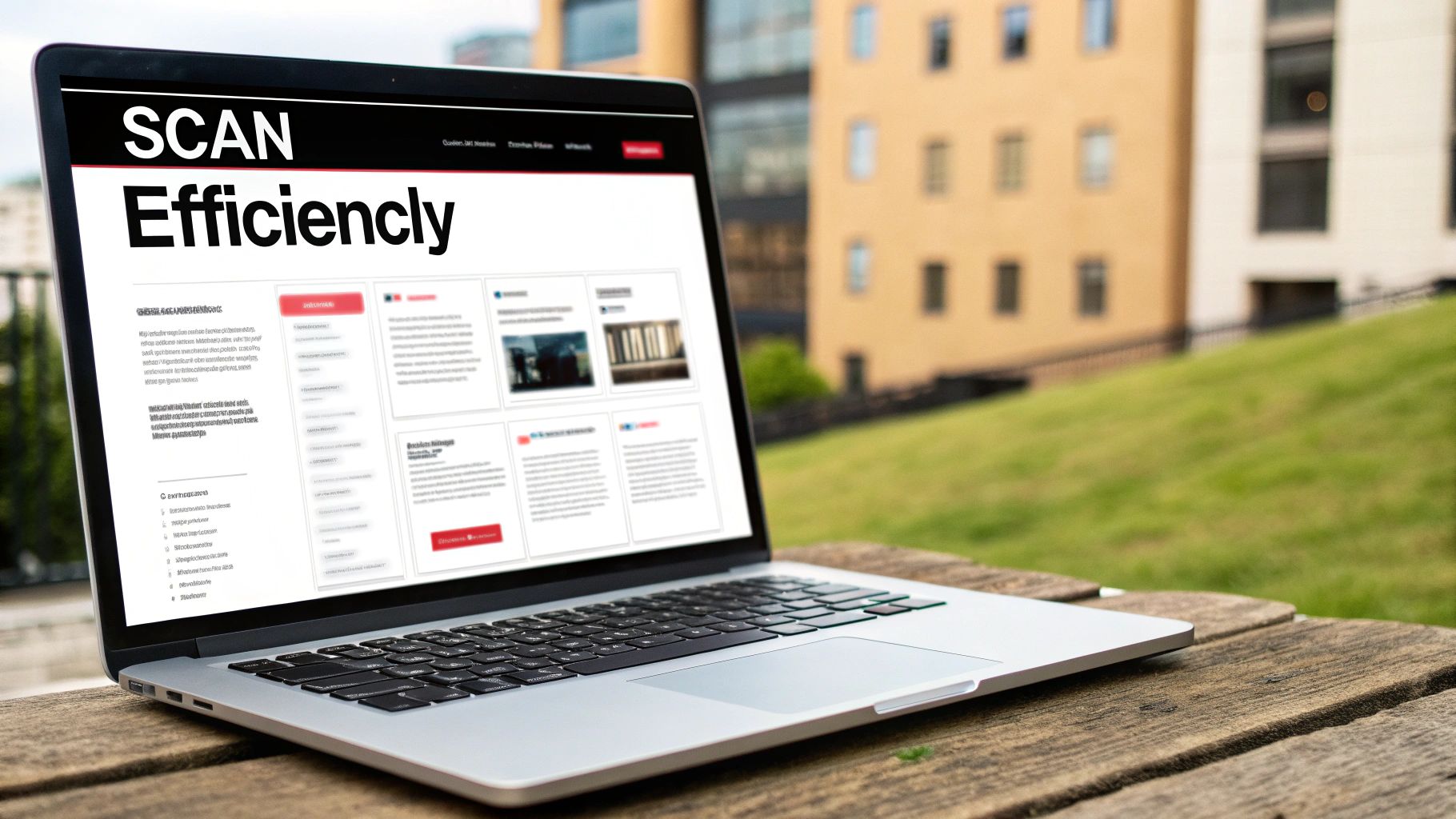
As the data illustrates, designing for scannability directly impacts user engagement and conversion rates, making it an indispensable component of a high-performing landing page.
5. Mobile-First Responsive Design
With mobile devices now accounting for over 60% of all web traffic, a mobile-first approach is no longer optional; it's a fundamental requirement. Mobile-first design involves creating the experience for the smallest screen first, then progressively enhancing it for larger devices. This forces you to prioritize essential content and streamline user interactions, ensuring your landing page is fast, clear, and effective where it matters most. Get it right, and you capture a massive audience. Get it wrong, and you alienate the majority of your potential customers.
A powerful mobile-first design anticipates the user’s context: they are often distracted, have less patience, and require a frictionless path to conversion. It’s not about shrinking your desktop site; it’s about rethinking the entire experience. Airbnb, for example, offers a seamless mobile booking flow by simplifying search and minimizing steps. Similarly, Starbucks’ mobile ordering system is a masterclass in efficiency, often proving faster than its desktop counterpart. These examples prioritize speed and ease of use, a core tenet of effective landing page design best practices.
Crafting a Winning Mobile Experience
To build a high-converting mobile landing page, focus on performance and usability. The design must be optimized for touch interactions and slower network speeds, ensuring every element serves a clear purpose.
Start with Constraints: Begin your design process at a 320px width. This forces you to focus on the most critical content and CTAs from the outset.
Prioritize Speed: Optimize images using next-gen formats like WebP, implement lazy loading, and aim for a load time under three seconds on a 3G connection.
Design for Thumbs: Use thumb-zone heatmaps to place key buttons and interactive elements where they are easiest to reach. A sticky CTA at the bottom of the screen keeps the conversion action constantly visible.
Unlike bloated agencies that often treat mobile as an afterthought or hand it off to a junior designer, as a dedicated expert, I build your strategy from a mobile-first foundation. This ensures every dollar of your ad spend is optimized for the platform where your customers are most active, without the inflated costs of a large agency team.
6. Minimal Form Fields and Friction Reduction
Your landing page form is the final barrier between a visitor and a conversion. Every field you add increases friction and creates another opportunity for them to abandon the process. Effective form design recognizes this by demanding only the absolute essential information, making the submission process as effortless as possible. Research consistently shows that each additional field can decrease conversions, which is why optimizing this element is a critical landing page design best practice.
The goal is to reduce the user's cognitive load and perceived effort. For example, Dropbox famously increased signups by 60% by reducing its form from four fields to three. Similarly, Typeform pioneered a conversational, one-question-at-a-time approach that resulted in completion rates 120% higher than traditional forms. These successes are built on a simple principle: the perceived value of your offer must always outweigh the effort required to get it. Asking for too much, too soon, kills that momentum.
Designing a Frictionless Form
To optimize your form, adopt a "less is more" mindset. Every field must justify its existence by being absolutely critical for the next step in your sales or marketing process. Anything non-essential should be eliminated or collected later through progressive profiling.
Calculate the Value vs. Effort: Only ask for what you need right now. For a newsletter, that’s just an email. For a demo request, it might be an email, name, and company.
Use Smart Defaults and Autofill: Pre-fill fields with known data (like location) and enable browser autofill to speed up the process.
Provide Inline Validation: Give users real-time feedback as they type, confirming correct entries or flagging errors immediately, not after they hit "submit."
Break It Down: For longer forms, use a multi-step process with a clear progress indicator. This makes the form feel less intimidating and builds momentum.
Unlike a large agency that might apply a one-size-fits-all template, an individual consultant analyzes your specific conversion goal to determine the absolute minimum data required. This meticulous, data-driven approach ensures you capture leads without creating unnecessary friction and paying for bloated agency processes. To learn more about optimizing every conversion point, explore how a specialist can refine your entire customer journey.
7. Fast Loading Speed and Performance Optimization
In the digital world, speed is not a feature; it's a necessity. Your landing page’s loading speed is a critical factor in its success, as 53% of mobile users will abandon a page that takes longer than three seconds to load. Every one-second delay can slash conversions by 7%, turning potential customers into lost opportunities before they even see your offer. Performance optimization is the technical practice of making your page load faster, directly impacting user experience, SEO rankings, and your bottom line.
A fast-loading page makes a powerful first impression, signaling professionalism and respect for the visitor's time. Companies that prioritize speed see tangible results. Walmart, for instance, found that a one-second improvement in page load time increased conversions by 2%. Similarly, when Pinterest reduced wait times by 40%, they saw a 15% jump in both SEO traffic and signups. These examples underscore a core principle of landing page design best practices: performance is paramount.
Optimizing Your Page for Maximum Speed
To achieve top-tier loading speeds, a systematic approach is essential. Start by diagnosing issues with tools like Google PageSpeed Insights, then implement targeted technical improvements.
Compress Your Assets: Use tools like TinyPNG to compress all images, aiming for under 100kb without noticeable quality loss. Minify your HTML, CSS, and JavaScript files to reduce their size.
Improve Content Delivery: Implement a Content Delivery Network (CDN) to serve assets from servers geographically closer to your users. Use lazy loading for images and videos that are below the fold.
Streamline Your Code: Minimize HTTP requests by combining CSS and JavaScript files. Remove any unnecessary third-party scripts or bloated plugins that slow down your page.
Unlike large agencies that often build on clunky, slow platforms or overlook technical details, an individual expert focuses on lean, performance-driven design from day one. My hands-on optimization ensures your ad spend isn't wasted on a slow page that kills conversions before your message is even seen. To see how these technical fixes impact real-world performance, watch the video below.
Continuous monitoring of your page speed ensures you maintain a competitive edge and provide a seamless experience that converts visitors into customers.
8. Compelling Visual Content and Strategic Imagery
Your brain processes images 60,000 times faster than text, making visuals one of the most powerful tools in your conversion arsenal. Strategic imagery is not about adding decorative stock photos; it’s about using visuals that support your message, showcase your product in context, and forge an immediate emotional connection. The right hero shot, product video, or explainer graphic can communicate your value proposition instantly and persuasively, often doing the heavy lifting before a visitor reads a single word.
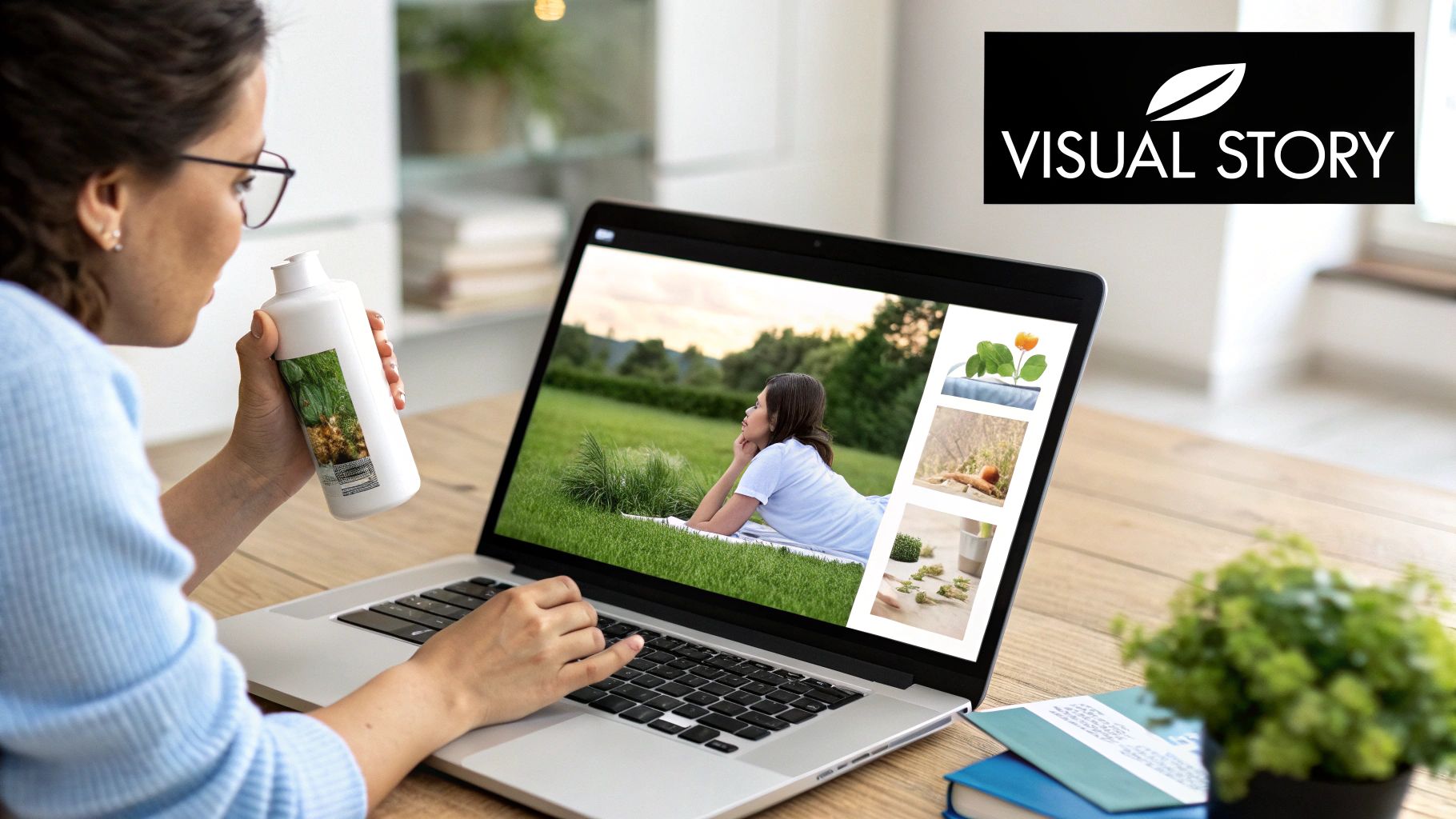
Effective visual content reinforces trust and clarifies your offer. For example, Headspace uses a consistent, calming illustration style that perfectly matches its brand promise of mindfulness. Similarly, Dollar Shave Club’s viral hero video used humor to explain its service, driving massive brand recognition and conversions. These examples demonstrate a core principle of landing page design best practices: visuals must serve a strategic purpose, guiding the user and enhancing the core message, not just filling space.
Implementing Strategic Visuals
To leverage the power of imagery, choose visuals that are authentic, relevant, and emotionally resonant. Every image or video should have a clear job to do, whether it's demonstrating a feature, building trust, or guiding attention toward your call-to-action.
Show, Don't Just Tell: Use hero images or videos of real people benefiting from your product. This is far more compelling than isolated product shots.
Guide the Eye: Place images of people looking toward your CTA. This subtle visual cue directs the visitor's attention and can significantly lift conversions.
Ditch Generic Stock Photos: Replace bland, overused stock imagery with authentic customer photos, custom photography, or high-quality illustrations that reflect your brand’s unique personality.
Use Video Wisely: Explainer videos or product demos should be short and engaging, ideally under two minutes, to hold visitor attention and deliver your key message quickly.
Unlike a bloated agency that might use generic visual templates, as a specialist, I focus on split-testing different hero images and video thumbnails to discover what truly connects with your audience. This data-driven approach ensures your visuals are working as hard as your copy to drive results. To dive deeper into optimizing these elements, explore our guide on A/B testing landing pages to beat bloated agencies.
9. Clear Benefit-Focused Copy and Messaging
Visitors don’t buy products; they buy better versions of themselves. Effective landing page copy understands this crucial distinction, focusing on the benefits (what the user gains) rather than just the features (what your product does). This approach speaks directly to your visitor's pain points and desires, answering their unspoken question: "What's in it for me?" Get this right, and you create an emotional connection that compels action. Get it wrong, and your page becomes a dry, forgettable list of specs.
A benefit-focused message transforms features into value. For instance, Evernote’s "Tame your work, organize your life" doesn’t list its technical capabilities; it sells the benefit of control and order. Similarly, Grammarly’s "Great Writing, Simplified" promises a desirable outcome, not just a grammar-checking tool. These examples demonstrate one of the most vital landing page design best practices: translating your product's functions into tangible, real-world results for the customer.
Crafting High-Impact Copy
To write copy that converts, you must get inside your customer's head. Shift the focus from "we" to "you" and frame every statement around the value your audience will receive.
Apply the "So What?" Test: For every feature you list, ask, "So what?" The answer to that question is your benefit. For example, "Our software has AI-driven analytics" (feature). So what? "You can uncover hidden revenue opportunities in minutes" (benefit).
Lead with the Outcome: Place the most powerful benefit directly in your headline. Use the body copy to explain how your features deliver that promise.
Use Specific, Tangible Language: Instead of "Save time," write "Launch your campaign in under 15 minutes." Instead of "Increase revenue," try "Our clients see an average 30% sales lift." Specificity builds trust and makes the benefit feel real.
Bloated agencies often rely on vague, jargon-filled copy that speaks to everyone and no one. As a dedicated consultant, I focus on deep customer research to uncover the exact language that resonates with your niche, ensuring every word on your landing page serves the single purpose of conversion. To learn how to transform your features into compelling benefits, explore our guide on writing copy that sells.
The following summary box highlights the measurable impact of switching from feature-focused to benefit-focused messaging.
As the data shows, making this strategic shift in your messaging can lead to dramatic improvements in conversion rates, proving its importance in any high-performing landing page strategy.
Best Practices Comparison for 9 Landing Page Elements
Item | Implementation Complexity 🔄 | Resource Requirements ⚡ | Expected Outcomes 📊 | Ideal Use Cases 💡 | Key Advantages ⭐ |
|---|---|---|---|---|---|
Clear and Compelling Value Proposition Above the Fold | Medium - requires customer insight and iterative A/B testing | Moderate - copywriting and design effort | Conversion rate uplift 10-30%, reduced bounce | First impression critical, broad audience targeting | Quickly captures attention and sets clear expectations |
Single, Focused Call-to-Action (CTA) | Low to Medium - design emphasis and copy precision | Low - focused design and copywriting | Increased conversions by reducing decision fatigue | Simple conversion goals, mobile-focused pages | Simplifies user decision-making and improves tracking |
Trust Signals and Social Proof | Medium - needs collection and validation of testimonials | Moderate to High - collection of authentic testimonials and media | Conversion uplift 15-300%, builds credibility | New or unknown brands, high skepticism audiences | Builds trust and reduces anxiety via social validation |
Visual Hierarchy and Scannable Layout | Medium to High - requires design expertise and testing | Moderate - design and UX resources | Improved comprehension, faster decision-making | Complex information, multi-section landing pages | Guides visitors naturally, reduces cognitive load |
Mobile-First Responsive Design | High - involves responsive design and thorough testing | High - development and testing on multiple devices | Mobile conversion improvement up to 160% | Primarily mobile users, high mobile traffic sites | Ensures usability and speed on mobile, improves SEO |
Minimal Form Fields and Friction Reduction | Medium - requires careful form design and testing | Low to Moderate - design and some backend changes | Form completion increase 120-160%, less abandonment | Lead capture forms, high drop-off at forms | Reduces friction, speeds completion, improves mobile UX |
Fast Loading Speed and Performance Optimization | High - technical implementation and ongoing maintenance | High - development and infrastructure investment | Conversions up to +32%, SEO improvement, bounce reduction | All landing pages, especially mobile and slow connections | Critical for retention, SEO, and user satisfaction |
Compelling Visual Content and Strategic Imagery | Medium to High - involves high-quality visual production | Moderate to High - photography, video, graphic design | Conversion increase ~40%, engagement and retention | Emotion-driven messaging, product showcases | Creates emotional connection, supports key messages |
Clear Benefit-Focused Copy and Messaging | Medium - requires deep customer research and skilled copywriting | Moderate - copywriting and testing | Conversion uplift 50-200%, improved comprehension | All landing pages needing emotional and logical appeal | Connects emotionally, clarifies value, drives action |
Partner with an Expert, Not an Overpriced Assembly Line
You've just explored a comprehensive blueprint for creating high-converting landing pages. We've deconstructed the essential elements, from crafting a powerful value proposition that grabs attention above the fold to strategically implementing trust signals that turn skeptics into customers. We've seen how a single, focused call-to-action can dramatically outperform a page cluttered with competing choices and why a mobile-first design isn't just a suggestion anymore; it's a fundamental requirement for success.
The journey through these landing page design best practices reveals a powerful truth: creating a page that consistently converts is not a matter of guesswork. It is a calculated discipline that blends psychology, design, and data-driven optimization. Each principle, whether it's minimizing form fields to reduce friction or ensuring lightning-fast load speeds, represents a critical lever you can pull to improve performance and maximize your return on ad spend.
The A-Team vs. The Assembly Line
Mastering these concepts is where the real work begins. You can have all the right ingredients, but without an expert chef, you're unlikely to create a masterpiece. This is the critical distinction between partnering with a dedicated specialist and hiring a large, overpriced agency. Bloated agencies often treat landing page creation like an assembly line. Your project is passed from an account manager to a junior designer, then to a copywriter who may have little to no context about your specific business goals or the nuances of your Google Ads campaigns.
This fragmented, impersonal process inevitably leads to generic, template-driven landing pages that fail to connect with your target audience. You end up paying a premium for layers of management and overhead, not for specialized expertise. The result is a page that might look professional on the surface but ultimately leaks leads, wastes ad spend, and misses crucial conversion opportunities. You're left with a hefty invoice and mediocre results, wondering why your campaigns aren't delivering the growth you were promised.
The Specialist Advantage: Strategy Over Scale
In stark contrast, a dedicated expert like myself, Chase McGowan, operates from a completely different playbook. With over 15 years of focused experience in the Google Ads ecosystem, my approach integrates landing page design directly into your campaign strategy from day one. It's not an afterthought; it's the core of a successful acquisition funnel.
Instead of a generic template, you get a custom-built strategy tailored to your unique value proposition and ideal customer profile. I personally analyze your campaign data, heatmaps, and user behavior to inform every decision.
Your headline will be A/B tested to resonate with specific ad groups.
Your social proof will be selected to address the primary objections of your target audience.
Your form fields will be optimized based on real-world data to find the perfect balance between lead quality and conversion volume.
This is the power of a holistic, expert-led approach. You're not just buying a landing page; you're investing in a strategic partnership designed to make every single click count. Every element is meticulously crafted and relentlessly optimized with one goal in mind: turning your advertising budget into tangible, profitable growth for your business. Why settle for an assembly line when you can have a master craftsman?
If you're ready to stop wasting ad spend on underperforming pages and want to see what a truly optimized landing page can do for your business, connect with Come Together Media LLC. Let's build a conversion-focused strategy together, driven by 15+ years of specialized Google Ads expertise. Visit Come Together Media LLC to schedule your free, no-commitment consultation today.




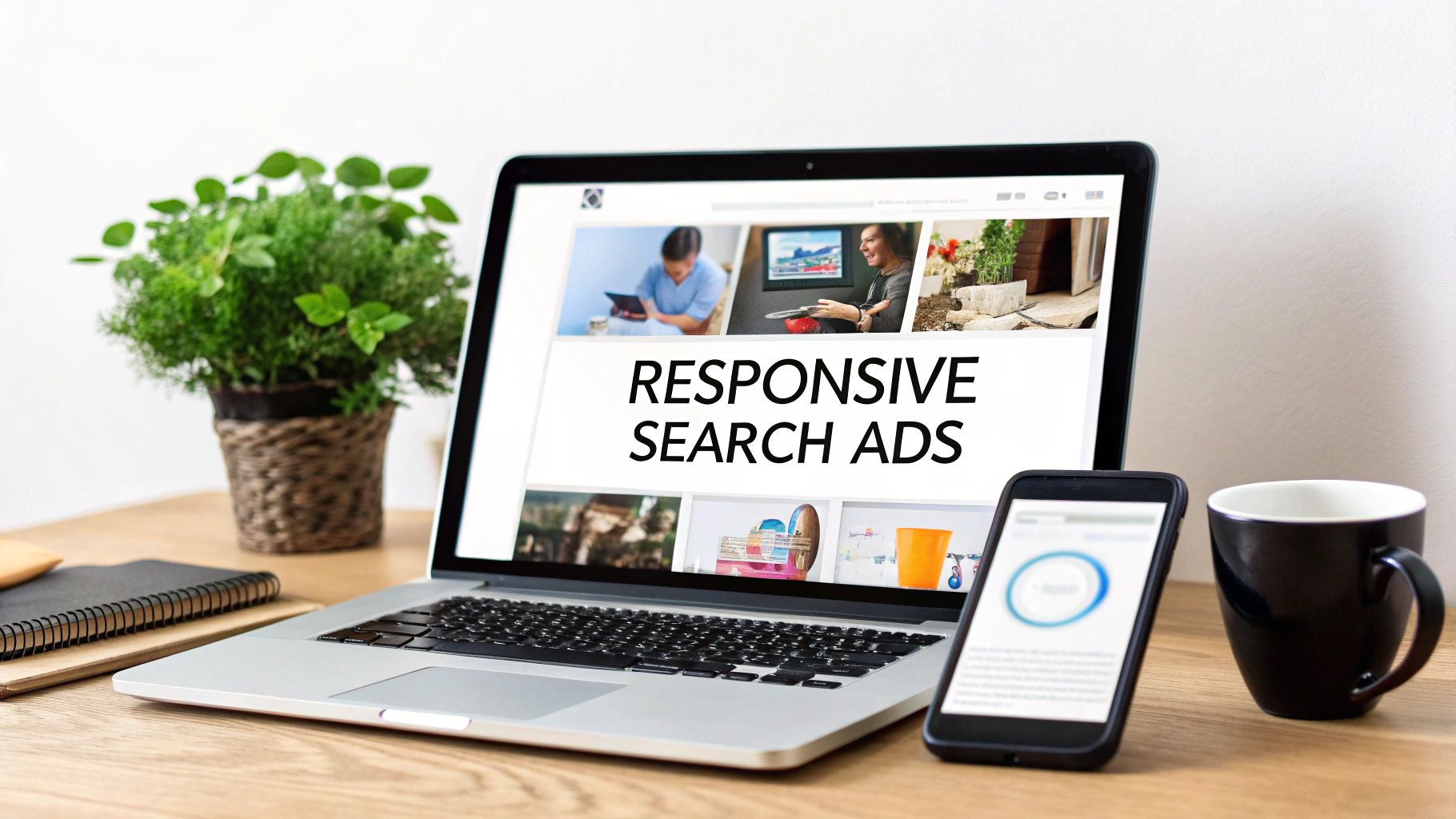
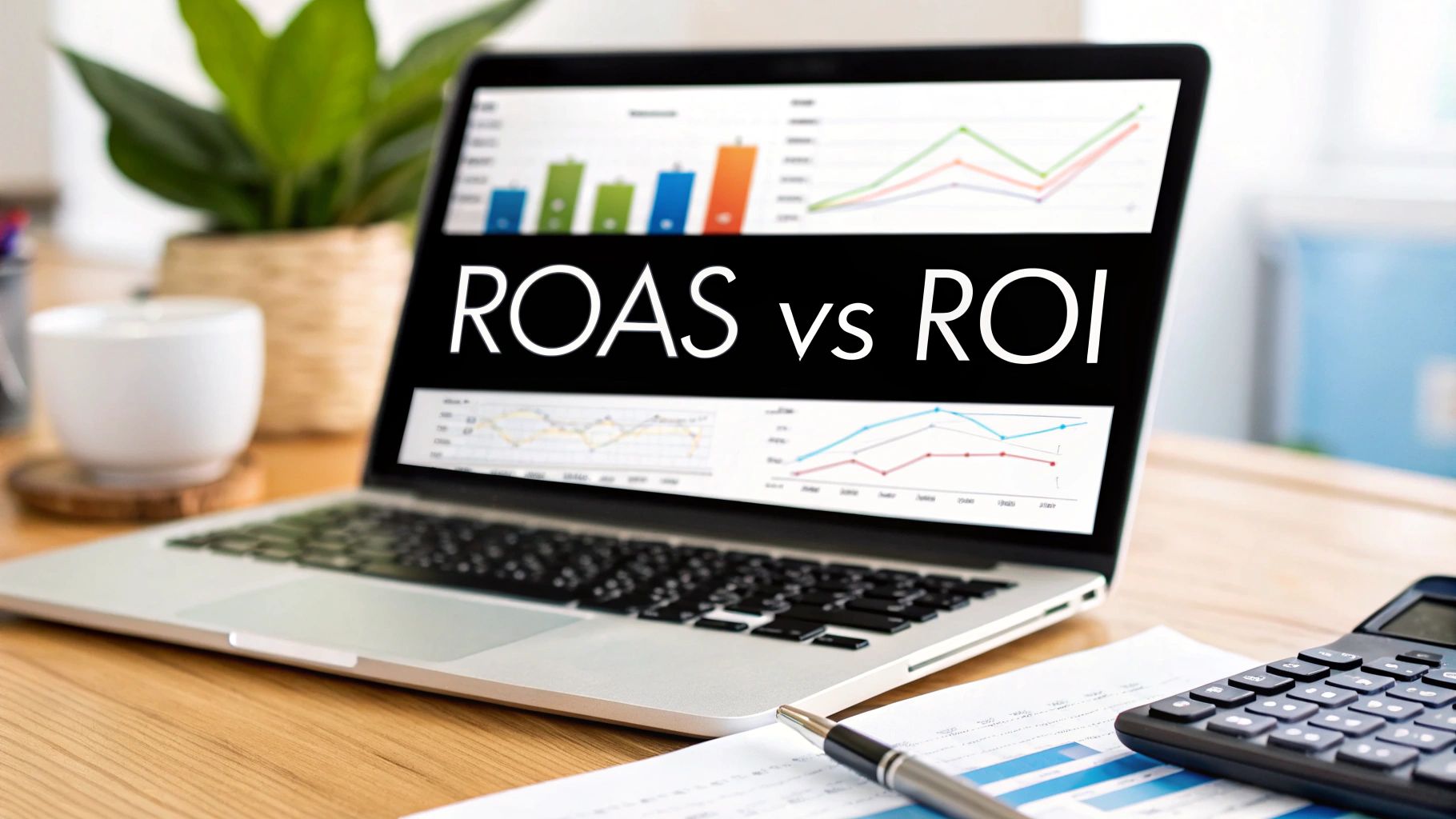
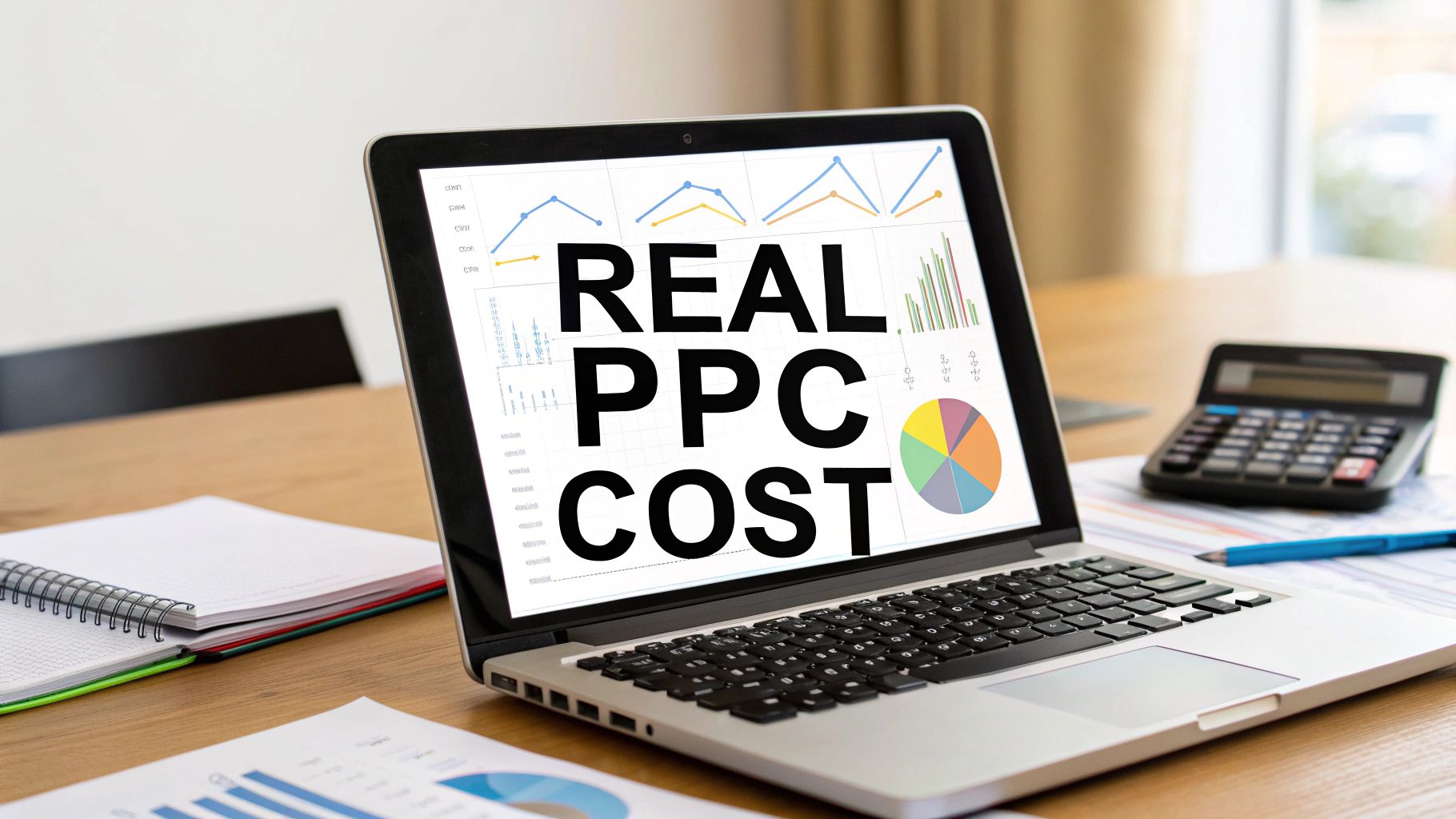
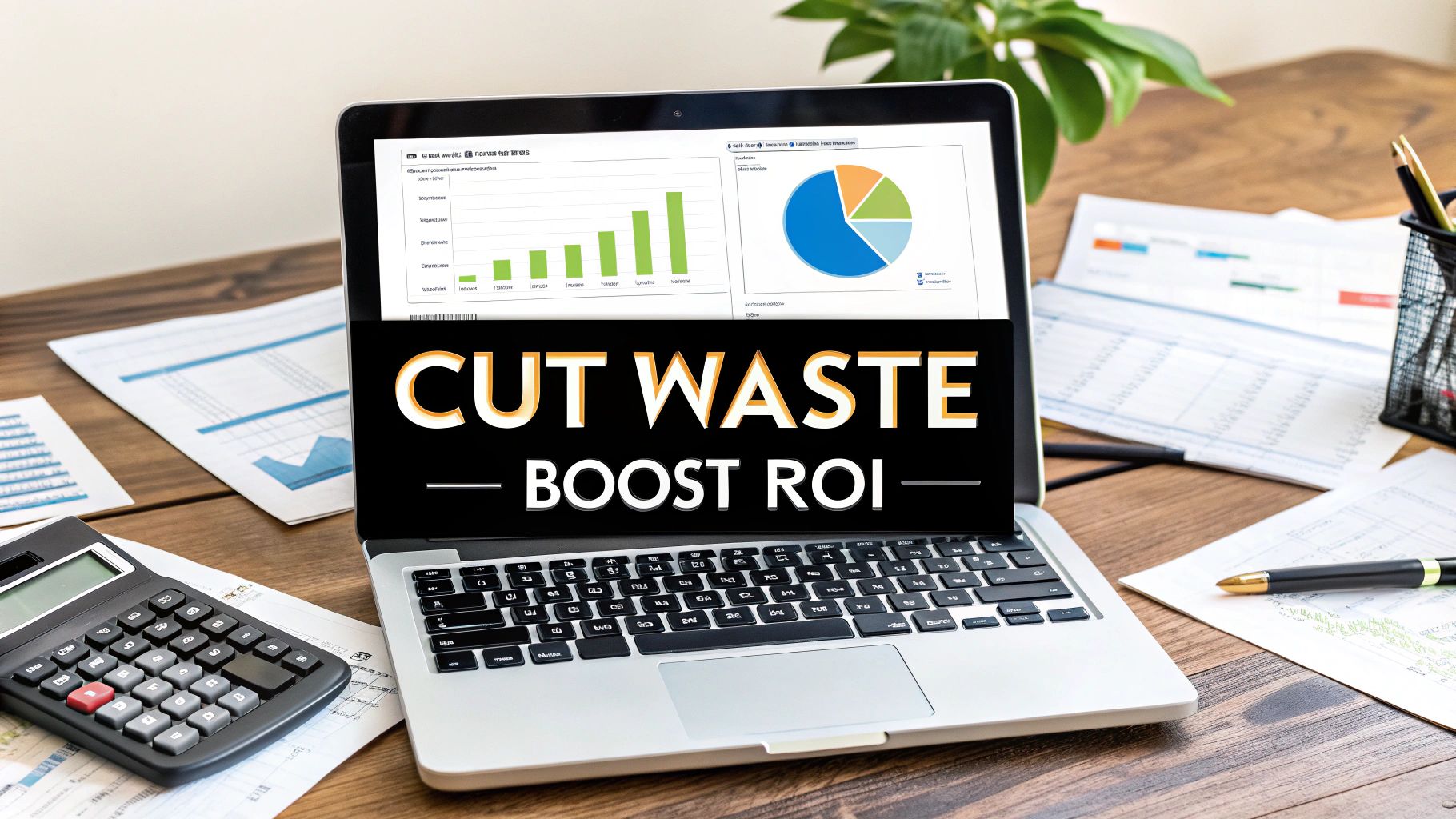
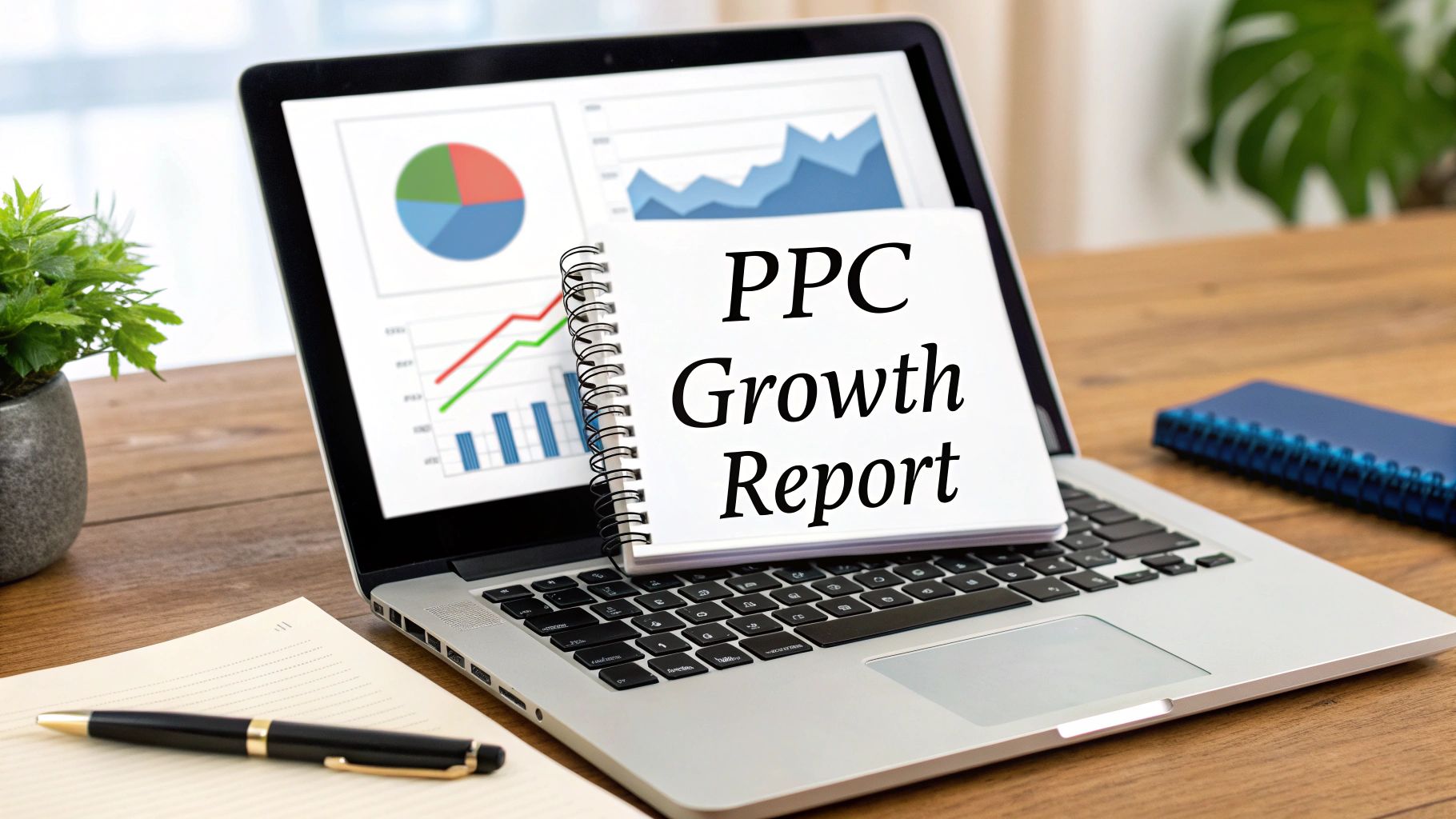
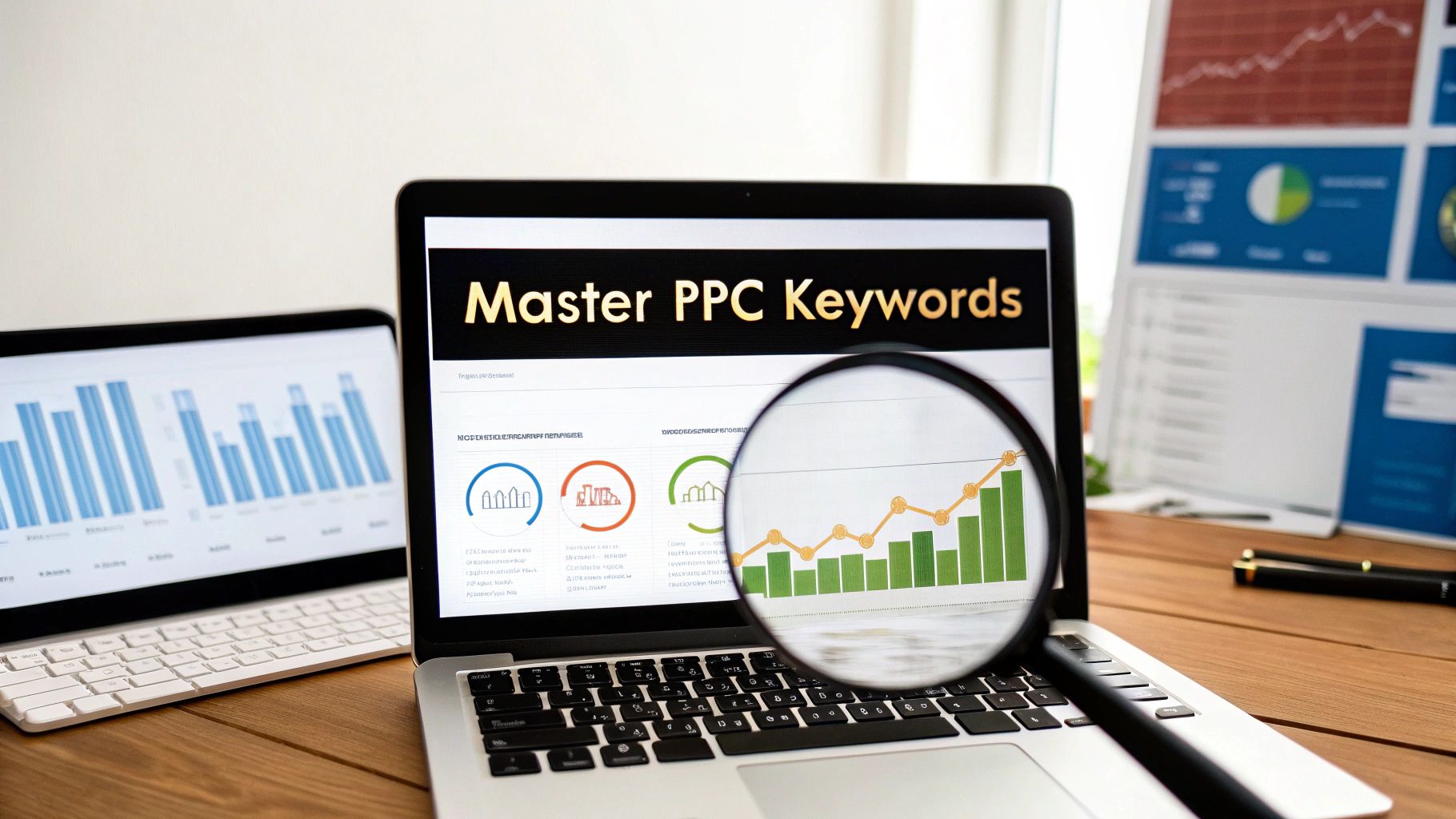
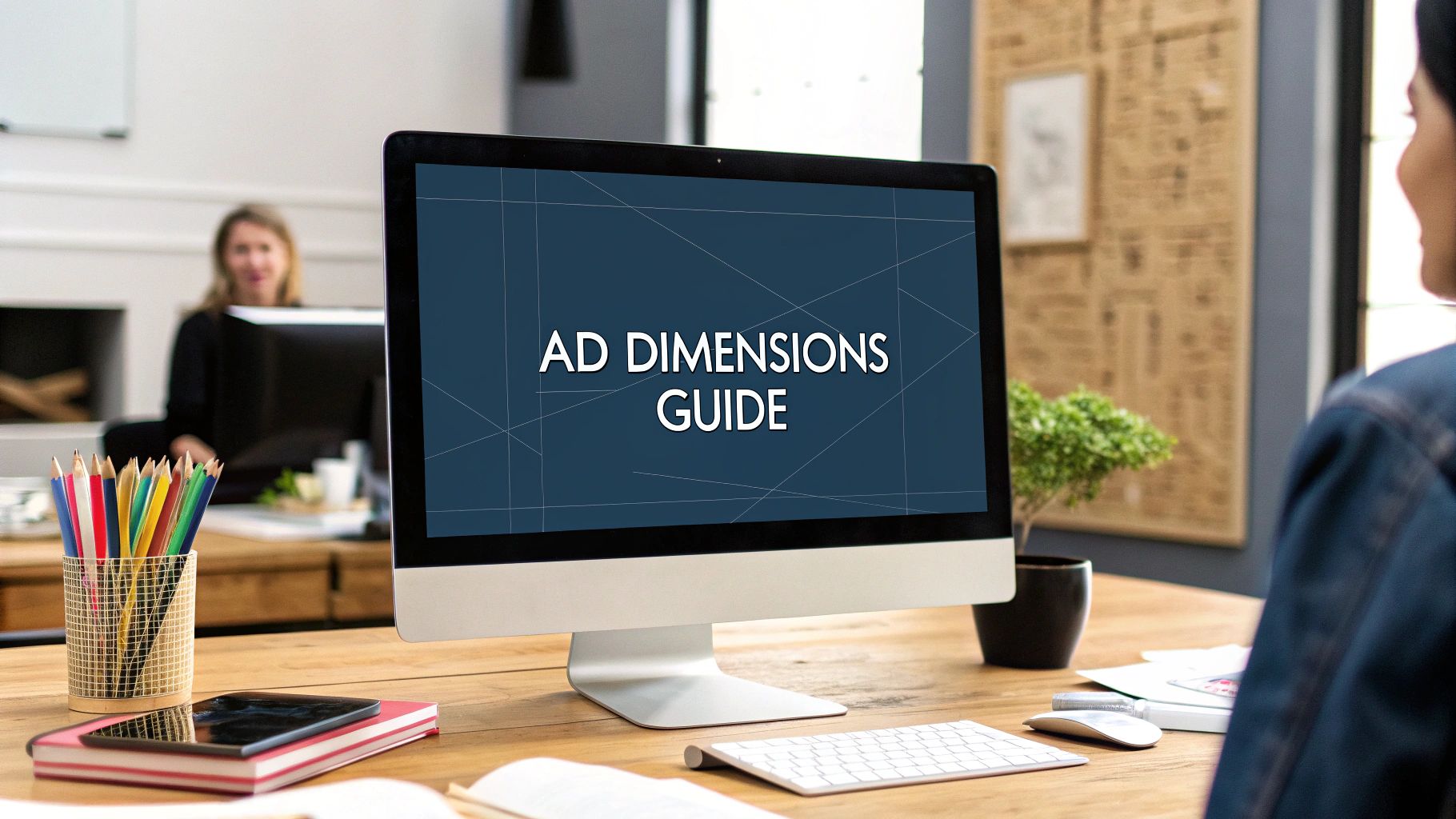
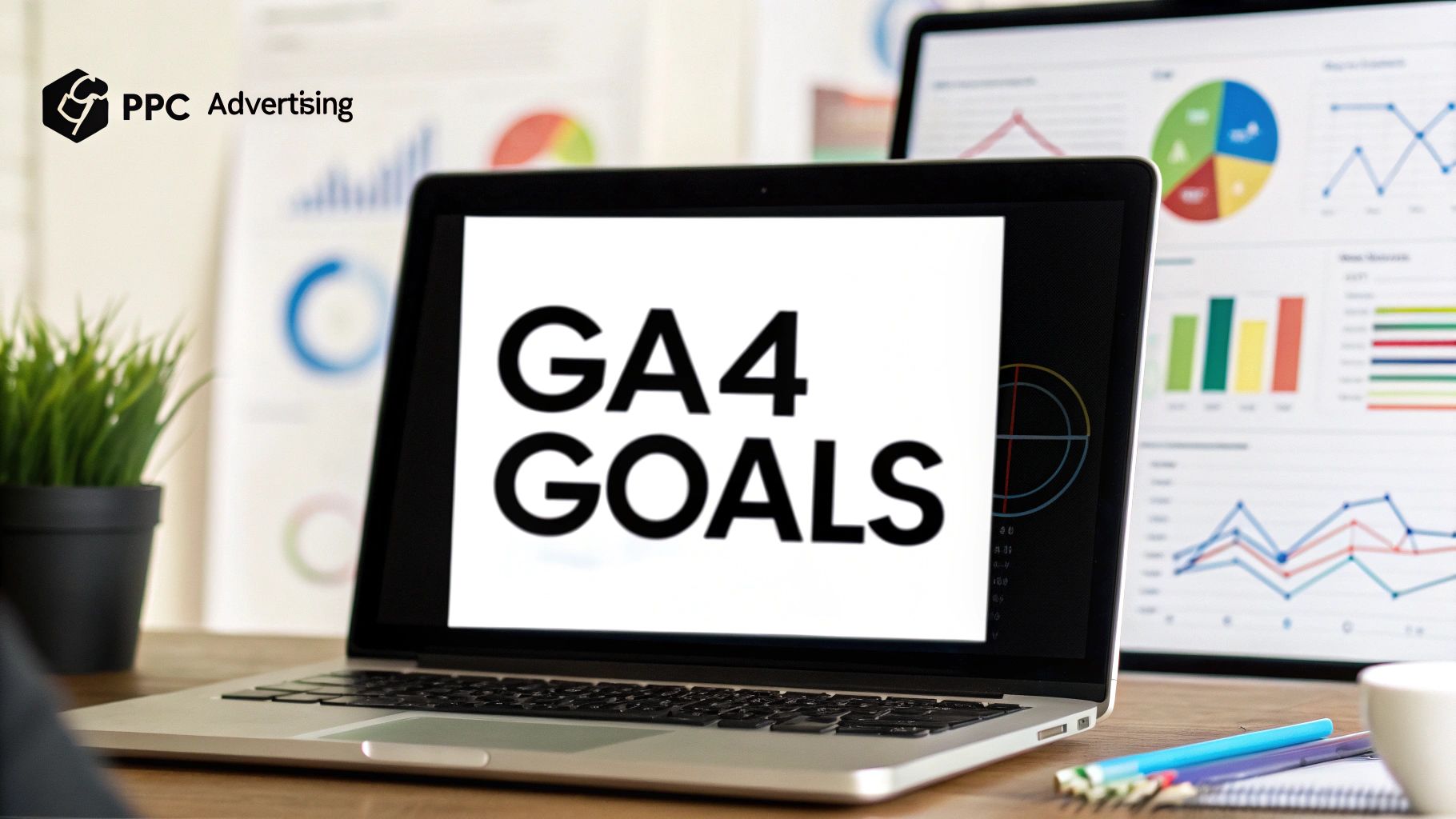
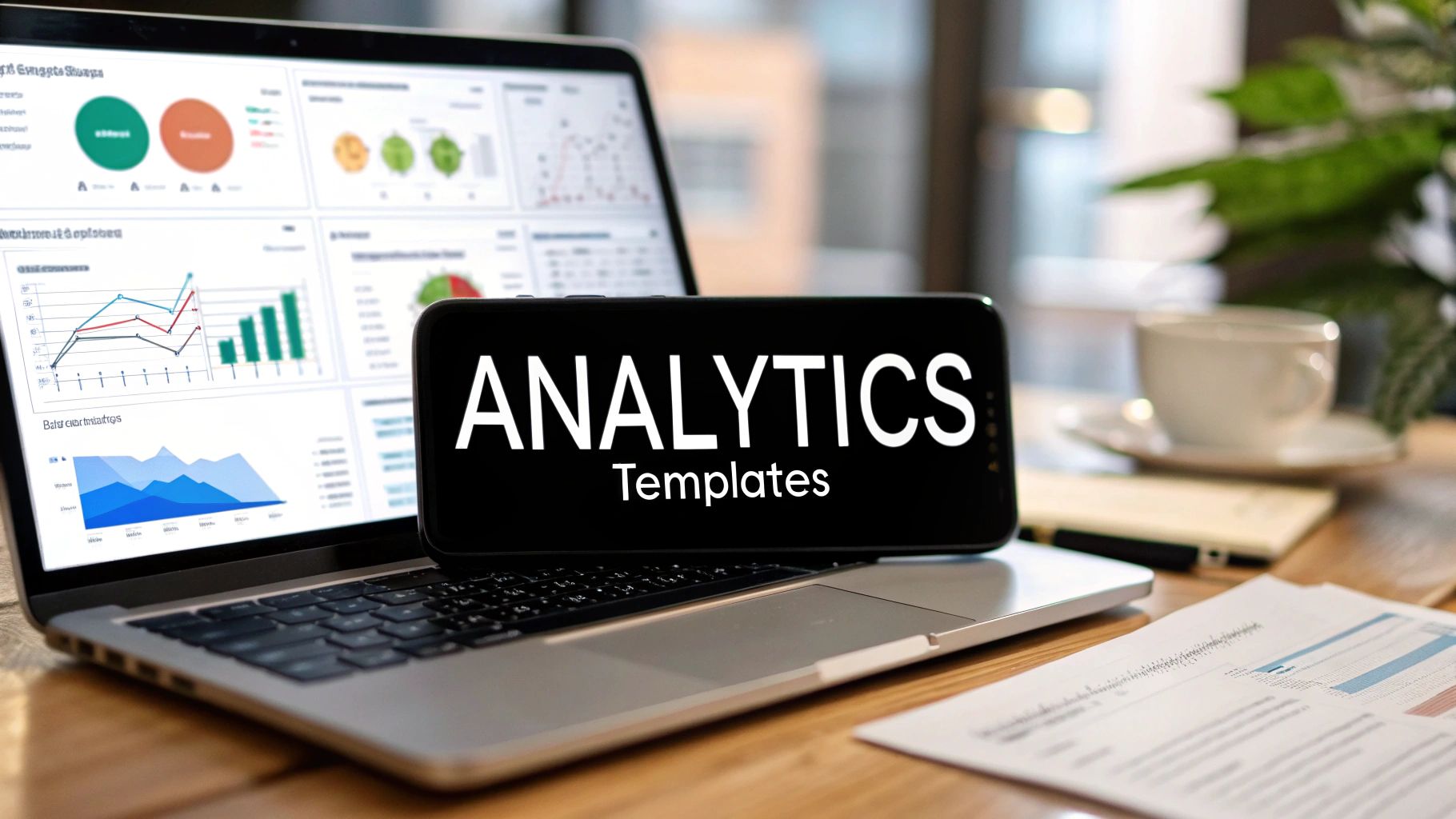
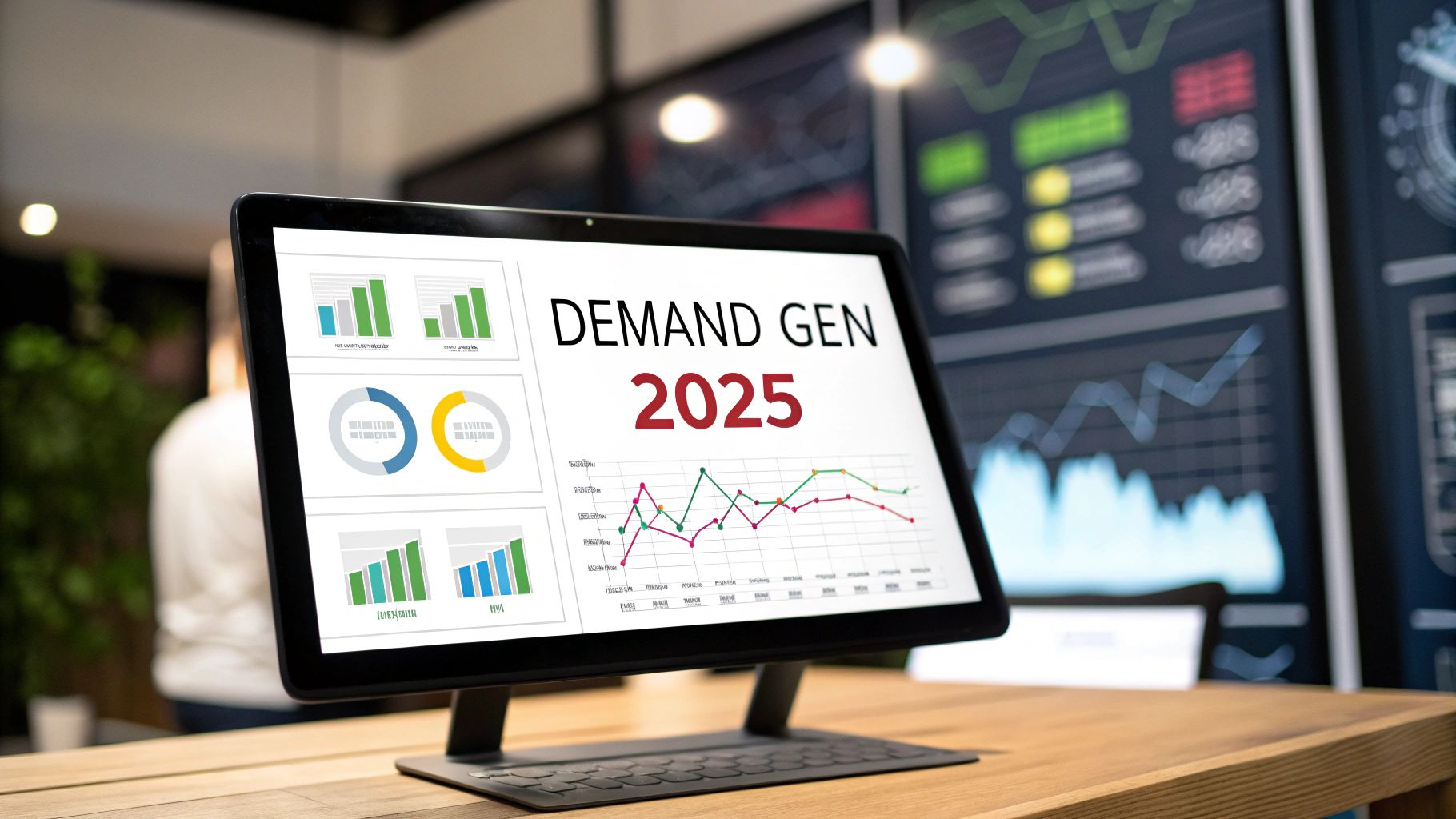
Comments